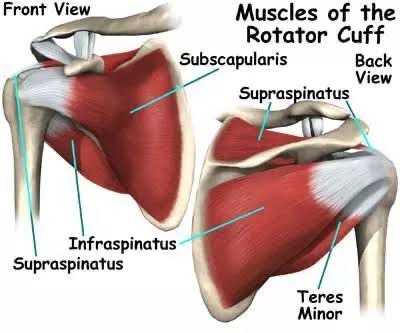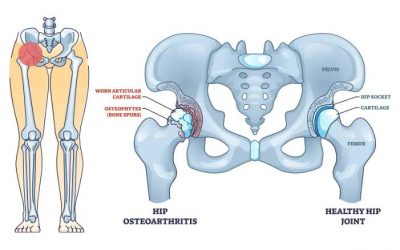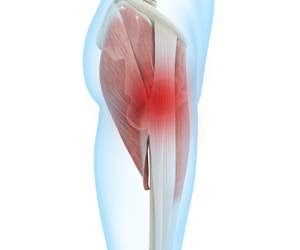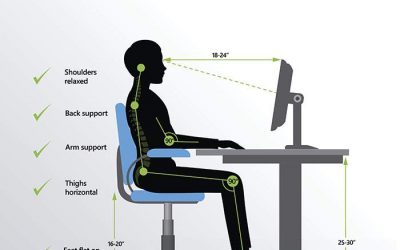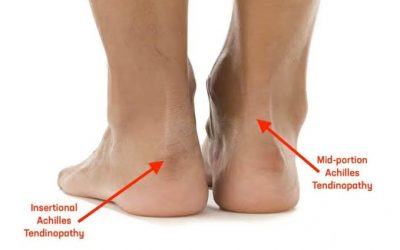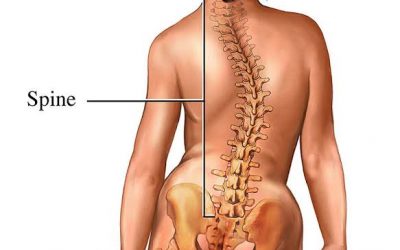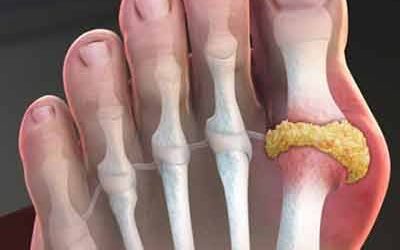Rotator Cuff Tear
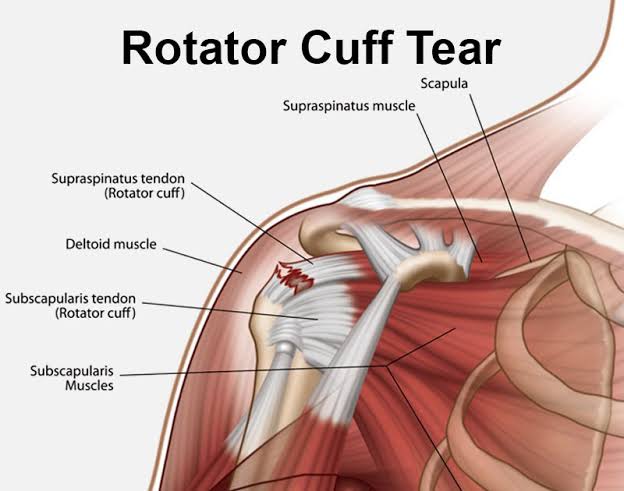
A rotator cuff tear is an injury to your rotator cuff that can cause shoulder pain and the inability to use your arm. Your rotator cuff is a group of muscles and tendons in your shoulder. They help you lift and move your arms away from your body. Your rotator cuff keeps the ball of your upper arm bone (humerus) in the shoulder blade socket.
Anatomy
The shoulder is a ball-and-socket joint made up of three bones:
The humerus (upper arm bone)
The scapula (shoulder blade)
The clavicle (collarbone)
The ball, or head, of the upper arm bone fits into a shallow socket in the shoulder blade.
Your arm is kept in your shoulder socket by the rotator cuff. The rotator cuff is a group of four muscles that come together as tendons to form a covering around the head of the humerus. The rotator cuff attaches the humerus to the shoulder blade and helps to lift and rotate your arm.
There is a lubricating sac called a bursa between the rotator cuff and the bone on top of the shoulder (acromion). The bursa allows the rotator cuff tendons to glide freely when you move your arm. When the rotator cuff tendons are injured or damaged, this bursa can also become inflamed and painful.
Symptoms
Symptoms may be a bit different for each person. Symptoms may include:
- Pain that keeps coming back, especially when doing certain things, such as lifting over your head
- Pain that prevents you from sleeping on your injured side
- Grating or cracking sounds when moving your arm
- Limited ability to move your arm
- Muscle weakness
The symptoms of a rotator cuff tear may be caused by other conditions or health problems. Always talk with your healthcare provider for a diagnosis.
Causes
- Bone spurs:Bony growths can form on the top of your shoulder bone. These bone spurs rub against your tendon when you lift your arm. This shoulder impingement creates friction between your bone and tendon. Eventually, a partial or complete tear may occur.
- Decreased blood flow: Blood flow to your rotator cuff decreases as you get older. Your muscles and tendons need a healthy blood supply to repair themselves. If blood doesn’t nourish your tendons, they can tear.
- Overuse: Repetitive shoulder movements during sports or on the job can stress your muscles and tendons, causing a tear.
Diagnosis
After discussing your symptoms and medical history, your doctor will examine your shoulder.Your doctor will test your range of motion by having you move your arm in different directions.
Other tests which may help your doctor confirm your diagnosis include:
- X-rays. The first imaging tests performed are usually X-rays. Because X-rays do not show the soft tissues of your shoulder like the rotator cuff, plain X-rays of a shoulder with rotator cuff pain are usually normal and may show a small bone spur, which is a normal finding. The reason X-rays are done is to make sure you don’t have other reasons for your shoulder pain, such as arthritis.
- Magnetic resonance imaging (MRI) or ultrasound. An MRI can better show soft tissues, like the rotator cuff tendons, than an X-ray. It can show the rotator cuff tear, as well as where the tear is located within the tendon and the size of the tear. An MRI can also give your doctor a better idea of how old or new a tear is because it can show the quality of the rotator cuff muscles.
Treatment
If you have a rotator cuff tear and keep using it despite increasing pain, you may cause further damage. A rotator cuff tear can get larger over time.
Chronic shoulder and arm pain are good reasons to see your doctor. Early treatment can prevent your symptoms from getting worse. It will also get you back to your normal routine quicker.
The goal of any treatment is to reduce pain and restore function. There are several treatment options for a rotator cuff tear, and the best option is different for every person. In planning your treatment, your
doctor will consider:
Nonsurgical treatments include:
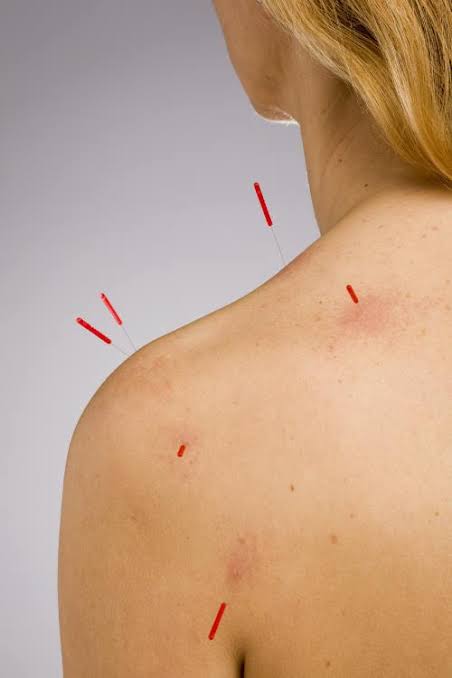
An arm sling and rest to give your shoulder time to heal. You may need to modify activities and stop certain work or sports for a period of time.
Nonsteroidal anti-inflammatory drugs(NSAIDs)to minimize pain and swelling.
Physical therapy to learn strengthening and stretching exercises.
Steroid injections to ease pain and swelling.
Surgical Treatment
- Your symptoms have lasted 6 to 12 months
- You have a large tear (more than 3 cm) and the quality of the surrounding tissue is good
- You have significant weakness and loss of function in your shoulder
- Your tear was caused by a recent, acute injury
Surgery to repair a torn rotator cuff most often involves re-attaching the tendon to the head of humerus (upper arm bone). There are a few options for repairing rotator cuff tears. Your orthopaedic surgeon will discuss with you the best procedure to meet your individual health needs.
